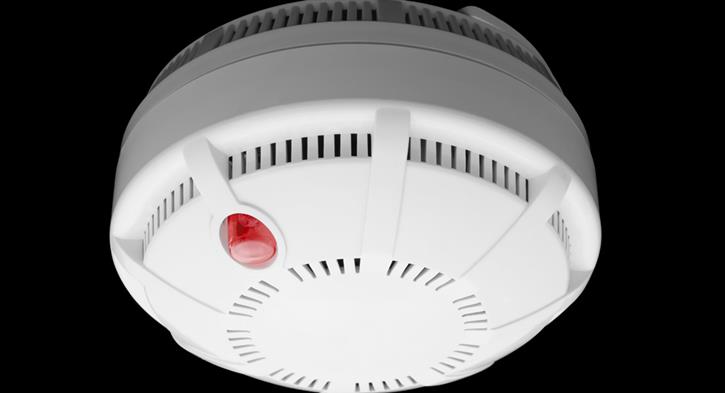

HETAS – the official body for approving wood, biomass and other solid fuel heating appliances, fuels and services – is one of many organisations committed to raising awareness of the dangers of carbon monoxide (CO) in line with Carbon Monoxide Awareness Week.
Here, HETAS provides their top considerations for homeowners to ensure their houses are kept carbon monoxide-free.
Carbon monoxide and its dangers
CO is an extremely poisonous gas that can be present in the fumes from the combustion of fuels, which are not burnt under the correct conditions. Fuels such as gas, oil, solid mineral fuel and biomass all have the potential to emit CO and there are a number of common symptoms of carbon monoxide poisoning including headaches, breathlessness, nausea and visual problems. The worry is that the gas cannot be seen, smelled or tasted, making it extremely difficult to detect without taking the correct precautions.
CO detectors
In October 2010 it became mandatory for heating installers to provide a method of detecting the release of carbon monoxide from solid fuel appliances in dwellings.
The correct placement and location of the CO detector is essential for keeping your home safe. As a gas, CO has a similar density to air, but when emitted from a solid fuel appliance, CO is likely to rise with the heat. HETAS therefore advises that it is best to install the alarm at high level, fixed to the wall or ceiling between one and three metres horizontally from the heating appliance. It is also important to be aware that air vents, fans and furniture could have an impact on the alarm operating effectively. Additionally, if the flue passes through upper floors or sleeping areas, it may well be worth considering more than one CO alarm for extra precaution.
Protect yourself from CO
Educating consumers on how to use heating appliances in the safest, most efficient way is extremely important.
HETAS chief executive officer Bruce Allen comments: “We are proud that HETAS registered installers educate consumers about the correct and regular maintenance of solid fuel appliances and flues. Installing CO alarms is a requirement our installers must all adhere to in order to meet Building Regulations.
“Homeowners should be having their chimneys swept twice a year by approved chimney sweeps before and after peak heating season, but if your appliance has emitted CO before it is particularly vital that you have this done as well as the appliance serviced by a HETAS Registered Installer before you re-use it. We at HETAS also want to highlight that it is important for homeowners to be reminded that a CO alarm is not to be used as a substitute for regular maintenance of their stoves.”
For more information on keeping your home safe this winter, visit: www.hetas.co.uk/consumer or call: 01684 278170. There are a number of organisations and charities who, along with HETAS, are committed to raising awareness of the dangers of carbon monoxide in line with Carbon Monoxide Awareness Week. Click here to find out more about these organisations.
If you'd like to keep up-to-date with the latest developments in the heating and plumbing industry, why not subscribe to our weekly newsletters? Just click the button below and you can ensure all the latest industry news and new product information lands in your inbox every week.